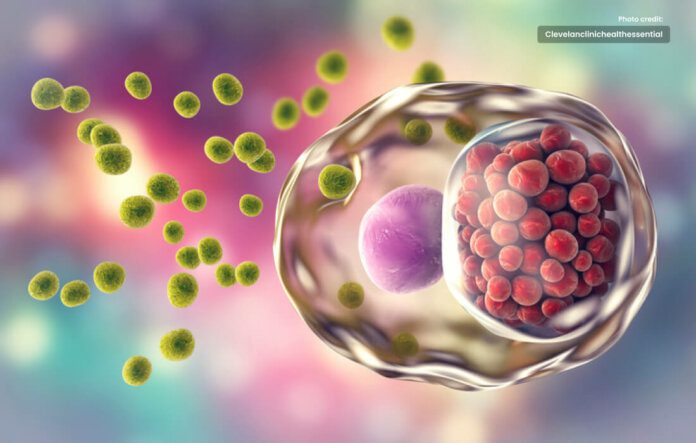Chlamydia, common STI, need prompt treatment for optimal sexual health
Introduction
Among sexually transmitted diseases (STIs), chlamydia is one of the most prevalent worldwide. While its prevalence highlights the importance of sexual health education and prevention, it’s equally crucial to understand chlamydia treatment options. Timely and effective treatment can help individuals manage and overcome this infection, preventing potential complications. In this blog, we’ll delve into the world of chlamydia, its symptoms, diagnosis, and the available treatment methods.
Understanding Chlamydia
Chlamydia is a bacterial infection that is typically transferred through unprotected sexual contact with an infected partner. Chlamydia trachomatis is the cause of chlamydia. It can affect both men and women and often presents no noticeable symptoms, which is why it is often referred to as a “silent” infection. If left untreated, chlamydia can lead to serious health issues, such as pelvic inflammatory disease (PID), infertility, and ectopic pregnancies.
Symptoms
While many people with chlamydia may not experience any symptoms, some common signs may include:
- Painful urination
- Abnormal genital discharge
- Pain or discomfort during sex
- Lower abdominal pain
- Bleeding between periods (for women)
Diagnosis
Diagnosing chlamydia involves a few key steps:
- Testing: Healthcare providers typically use nucleic acid amplification tests (NAATs) to detect the presence of chlamydia DNA or RNA in urine samples or swabs from the genital area.
- Screening: Regular screening for chlamydia is recommended for sexually active individuals, especially those under the age of 25 or at higher risk.
Chlamydia Treatment Options
Fortunately, chlamydia is treatable with antibiotics. It’s important to note that effective treatment not only helps clear the infection but also prevents its spread and potential complications. The most often recommended drugs for treating chlamydia are:
Azithromycin: A single oral dose of azithromycin is often prescribed to treat chlamydia. It’s important to take the full dose as prescribed.
Doxycycline: A longer course of doxycycline, taken twice daily for about a week, is another effective treatment option.
Partner Treatment: It’s crucial for sexual partners to be treated simultaneously to prevent re-infection.
Follow-Up: After completing the prescribed treatment, a follow-up test is recommended to ensure that the infection has been successfully cleared.
Prevention and Safe Practices
Adopting safe sexual behaviors is essential to preventing chlamydia and other STIs:
- Condom Use: Consistent and correct condom use during sexual activity can greatly reduce the risk of chlamydia transmission.
- Regular Screening: Regular STI screening, especially for individuals with multiple partners, is crucial for early detection and treatment.
- Communication: Open and honest communication with sexual partners about STI testing and sexual health is vital.
- Vaccination: Vaccination against other STIs, such as human papillomavirus (HPV), can reduce the risk of complications and related infections.
Conclusion
With the availability of antibiotics and the importance of safe sexual practices, managing and overcoming chlamydia is within reach. Early detection, open communication with healthcare providers, and adhering to prescribed treatment are key steps toward successfully addressing chlamydia and maintaining a healthy, fulfilling sexual life. Remember, your sexual health matters, and seeking appropriate care is an essential part of taking control of your overall well-being.




